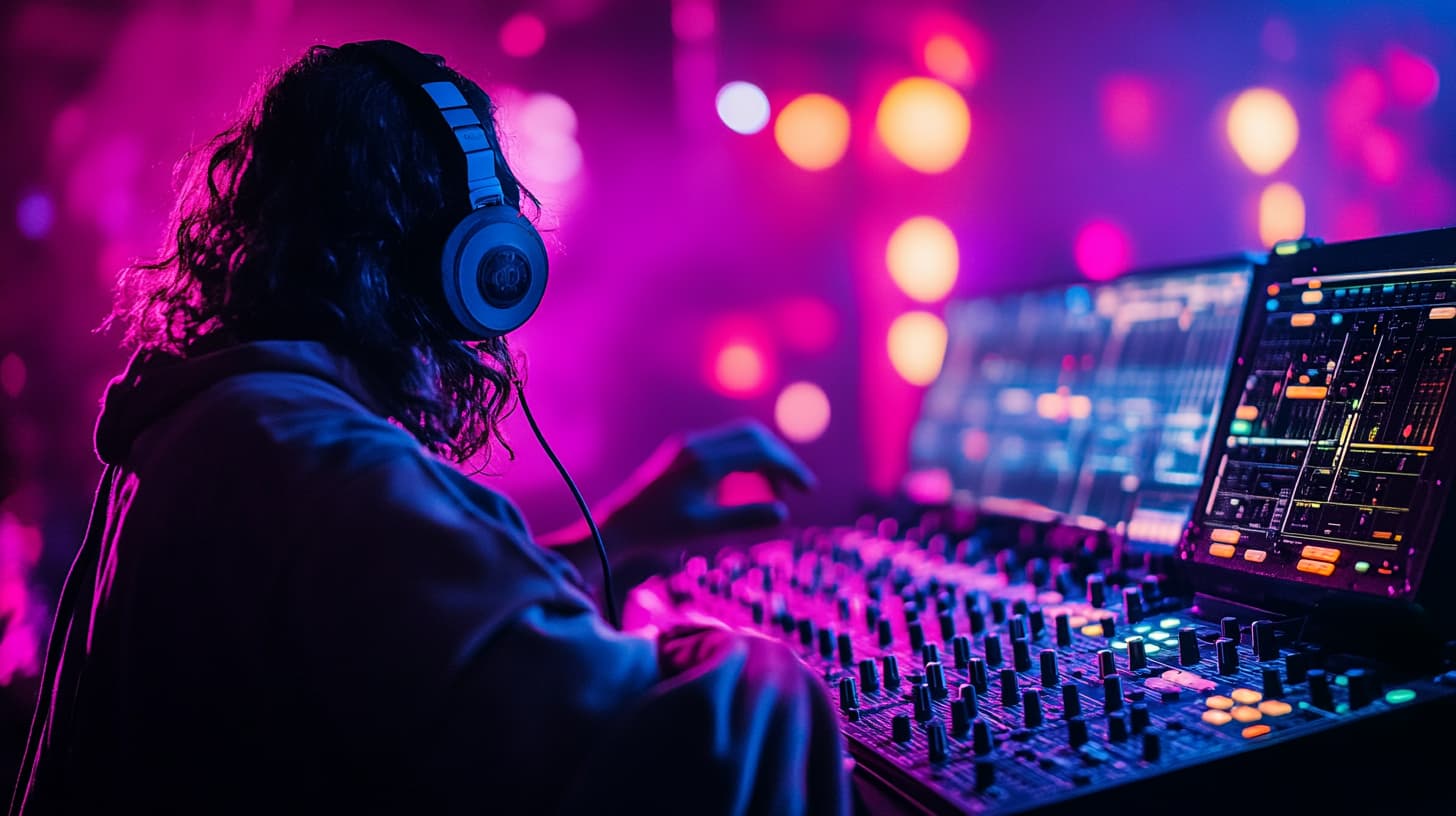The Global Symphony of Remote Music Collaboration

The landscape of music production has undergone a revolutionary transformation in recent years. Geographic boundaries, once a formidable obstacle to creative collaboration, have dissolved in the wake of technological advancement. This paradigm shift has reshaped how musicians, producers, and audio professionals connect, create, and innovate across continents.
The Virtual Studio Revolution and New Era of Creation
The traditional image of a recording studio—sound-proofed walls, expensive equipment, and all participants gathered in one location—is rapidly evolving. Today’s studio can exist wherever creativity finds a home, powered by high-speed internet connections and sophisticated digital tools. This transformation has democratized music production, allowing talents from diverse corners of the globe to contribute their unique perspectives to a single project.
Recent industry data reveals a staggering 300% increase in remote collaboration projects since 2020. This surge isn’t merely a response to global circumstances but represents a fundamental shift in how the music industry approaches creation and production. The economic implications are equally compelling, with remote collaboration reducing production costs by up to 40% while expanding access to global talent pools.
Financial analysis shows that while initial setup costs for professional remote collaboration systems range from $5,000 to $15,000, the return on investment typically occurs within the first two major projects. Traditional studio rentals, travel expenses, and accommodation costs often exceed $2,000 per day for full team sessions, making remote collaboration an increasingly attractive option for budget-conscious producers.
Tools Reshaping the Collaborative Landscape
The backbone of successful remote collaboration lies in the sophisticated ecosystem of digital tools that facilitate seamless interaction. Modern Digital Audio Workstations (DAWs) have evolved beyond simple recording platforms into comprehensive collaboration hubs. These platforms now offer real-time session sharing, allowing producers in Tokyo to work simultaneously with vocalists in London, while engineers in Los Angeles fine-tune the mix.
Cloud-based storage solutions have become the digital vaults of modern music production. Enterprise-level platforms provide not just storage but sophisticated version control systems that track every iteration of a project. This technological infrastructure ensures that creative decisions are documented and reversible, fostering a more experimental and confident approach to music creation.
The Symphony of Synchronization
Perhaps the most critical technical achievement in remote collaboration has been the mastering of synchronization challenges. Through advanced clock synchronization protocols and intelligent latency compensation, modern systems can maintain perfect timing across vast distances. This technical precision ensures that the organic feel of music-making isn’t lost in the digital translation.
The Human Element in Virtual Collaboration
While technology provides the foundation, successful remote collaboration hinges on human factors and carefully orchestrated workflows. Project management in the virtual studio environment requires a delicate balance of structure and flexibility. Clear communication protocols, established at the project’s outset, ensure that creative ideas flow freely while maintaining professional standards and deadlines.
The implementation of agile methodologies has proven particularly effective in remote music production. Short, focused sessions with clear objectives help maintain momentum and engagement across different time zones. Documentation becomes crucial in this context, serving not just as a record of decisions but as a bridge between asynchronous work sessions.
Technical Excellence in Practice
The pursuit of audio quality remains paramount in remote collaboration. High-resolution audio formats and sophisticated compression algorithms ensure that creative vision isn’t compromised by technical limitations. Modern monitoring solutions allow for consistent reference points across different locations, ensuring that what’s heard in Mumbai translates accurately to studios in Berlin.
Network optimization has emerged as a critical skill in remote production. Redundant internet connections, strategic use of bandwidth, and sophisticated backup systems ensure that technical hiccups don’t derail creative momentum. This technical foundation supports the spontaneity and organic development essential to musical creation.
Bridging More Than Distance
Remote collaboration extends beyond technical considerations into the realm of cultural exchange. The ability to work across borders brings diverse musical traditions and perspectives into dialogue, creating rich, innovative soundscapes that might never have emerged in traditional studio settings. This cultural synthesis has become one of the most exciting aspects of remote collaboration, leading to groundbreaking musical innovations.

Emerging Technologies and Trends
The horizon of remote collaboration continues to expand with emerging technologies. Virtual and augmented reality platforms are beginning to offer immersive collaborative spaces where musicians can interact as if they were in the same room. Artificial intelligence tools are streamlining technical processes, allowing creators to focus more on artistic decisions than technical hurdles.
Recent developments in spatial audio and binaural monitoring systems allow team members to experience identical acoustic environments regardless of their physical location. Machine learning algorithms are beginning to assist in tasks like automatic track alignment and preliminary mixing, reducing the technical burden on creative professionals. Blockchain technology is emerging as a solution for rights management and contribution tracking in complex international collaborations.
The Global Studio of Tomorrow
Remote collaboration in music production represents more than a technological advancement—it’s a fundamental reimagining of how creative work can be accomplished. As technology continues to evolve and creative professionals become more adept at virtual collaboration, the possibilities for musical innovation expand exponentially. The future of music production lies not in any single location but in the seamless integration of talents and technologies across the globe.
This evolution challenges traditional notions of what’s possible in music creation while opening new avenues for artistic expression and professional development. The global studio of tomorrow is already here, offering unprecedented opportunities for those ready to embrace its potential.